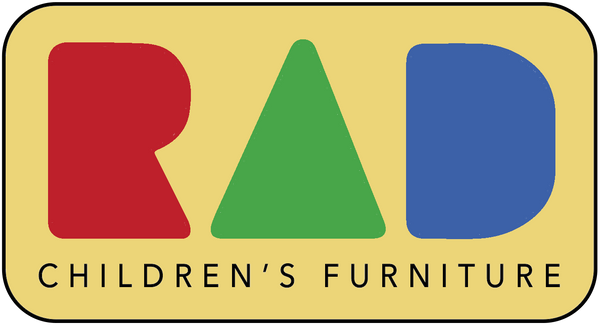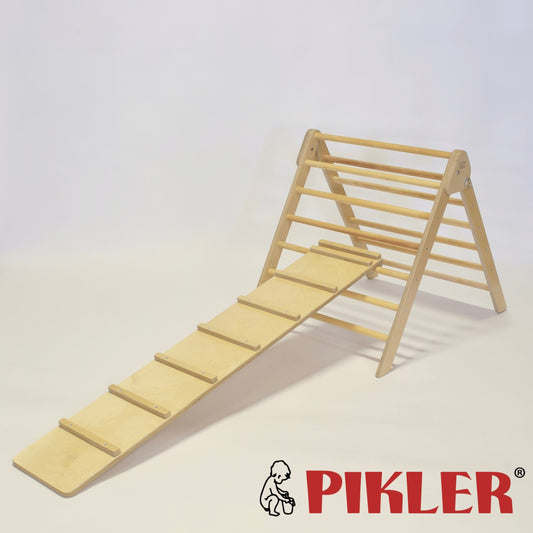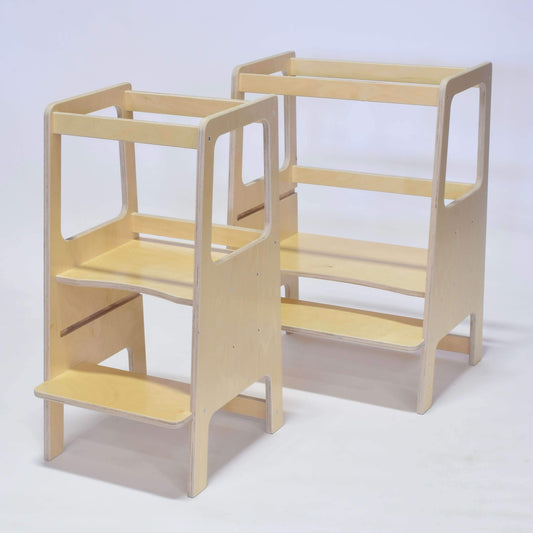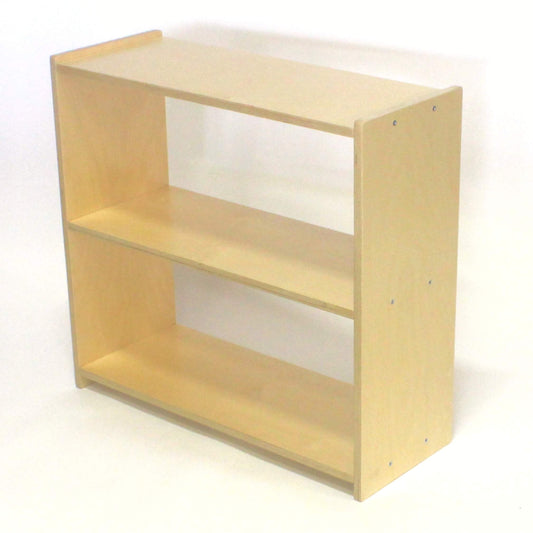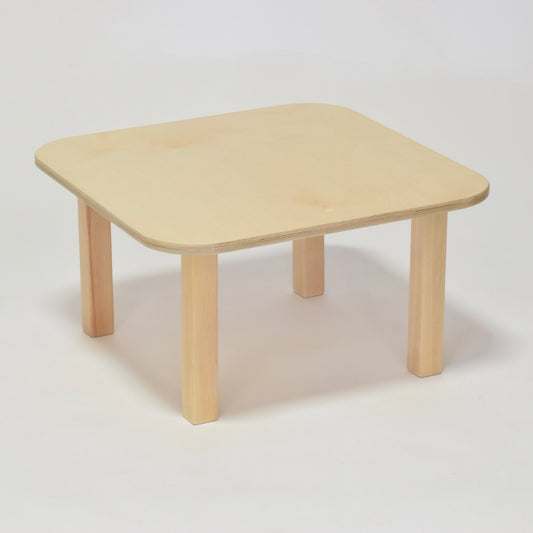Guest Article By Julie Park McDonald
When designing a home with young children, consider creating “yes” spaces. Originally coined by RIE® educator and author Janet Lansbury, a “yes” space is a prepared environment where the child can safely and independently engage with their surroundings without the parent needing to intervene. Children are messy. Young children, especially, have a strong urge to explore their environment. We can’t change that. What we can change is how well our homes are prepared for the inevitable messes, accidents, and attempts to climb over everything!
Here are our top tips for designing beautiful “yes” spaces throughout your home:
Incorporate a Sensory Bin in the Playroom
Sand, water, rainbow rice, slime…all the things that make a parent’s eyebrow twitch. Designate a space for these items with a beautifully crafted wooden sensory table. They are super easy to DIY (check out theempowerededucatoronline.com), or we really love the Ikea Flisat table. Don’t fear the mess, contain it!
make use of spill blankets
To protect your rugs and furniture from crumbs and stains, lay a machine-washable blanket over them before snack-time or a messy activity. Then, when the child is finished, you can just wrap up the blanket and shake it over the sink. I personally love using muslin swaddle blankets for this because they are soft, lightweight, and come in hundreds of gorgeous designs.
Image credit: marleymaedesigns.com

design with soft furniture
Round coffee tables, ottomans, and woven materials are great options for the living room. You want the child to be able to move through these shared spaces without getting hurt. Plus, you also eliminate the need to pad furniture with ugly foam bumpers.
use high-low elements
Keep items you don’t want the child to touch on higher pieces of furniture, while making sure toy shelves and seating areas are at the child’s level for independent access. For example, place lamps and other fragile items on high end tables, while setting sippy cups and snacks on coffee tables or weaning tables. In the entryway, use a high console table for keys and wallets, and low benches for the kids to put on their shoes. Layered coffee tables or nesting tables are also perfect examples of high-low design.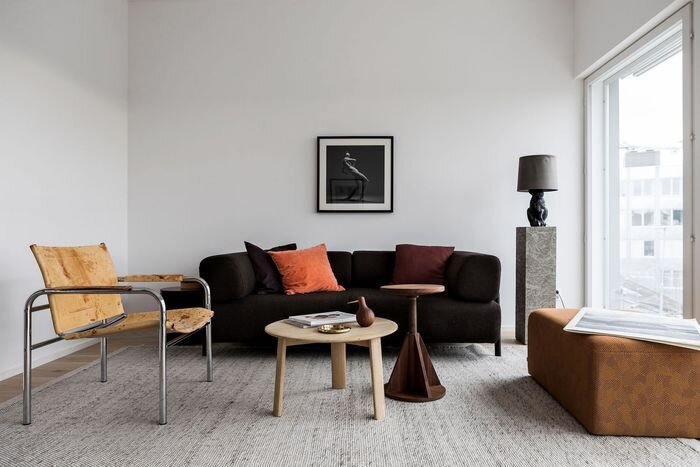
Image credit: New York Magazine https://nymag.com/strategist/article/best-coffee-tables.html

Image credit: ShopStyle
choose performance fabrics
Choosing fabrics that are both stain-resistant and durable is essential when preparing your home for the reality of living with young children. Crypton, sunbrella, and ultrasuede are just a few examples of high-quality performance fabrics.
provide opportunities for movement
When children are in sensitive periods for gross movement, they may be compelled to climb, jump, run, and crawl over stairs, furniture, and well, pretty much everything! As parents we can encourage the development of our child’s gross motor skills, spatial awareness, and self-awareness (proprioception), by supplying equipment such as climbing structures, slides, balance beams, Wobbel boards, and play tunnels.
Pikler triangles make particularly wonderful additions to a play space. They can be used from infant to toddlerhood (and sometimes longer!), and provide endless opportunities for movement. We especially love the Pikler Triangle and climbing ramp from RAD Children’s Furniture. Their triangles come in three different sizes, fold up for easy storage, and are hand built in the USA using 100% non toxic materials. Love love love! For more info click here.
A play mat is a great way to define a “yes” space. Play mats are soft, comfortable, and easier to clean than area rugs. And nowadays, there so many gorgeous options to choose from, you don’t have to sacrifice beauty for function. @ggumbi and @gathre are some of our favorite sources for play mats!
consider a well-designed play mat
A play mat is a great way to define a “yes” space. Play mats are soft, comfortable, and easier to clean than area rugs. And nowadays, there so many gorgeous options to choose from, you don’t have to sacrifice beauty for function. @ggumbi and @gathre are some of our favorite sources for play mats!
Play matters. Children from ages 0-3, especially, are driven to figure out the world through various forms of play, such as touching, pouring, tipping and turning over items, knocking things down, throwing, running, climbing, etc. As parents, we want to say “Yes!” to these important developmental activities by curating safe, accessible, and engaging spaces throughout our home.
Julie McDonald is a designer, entrepreneur, and mother of two boys, Ciahan and Diarmaid. She is the founder of ThePlaySpace Designs, where she does custom designs and installations of Montessori-inspired homes. You can find Julie and her design service at theplayspacedesigns.com or on Instagram @theplayspacedesigns.
